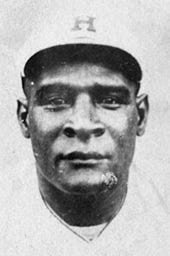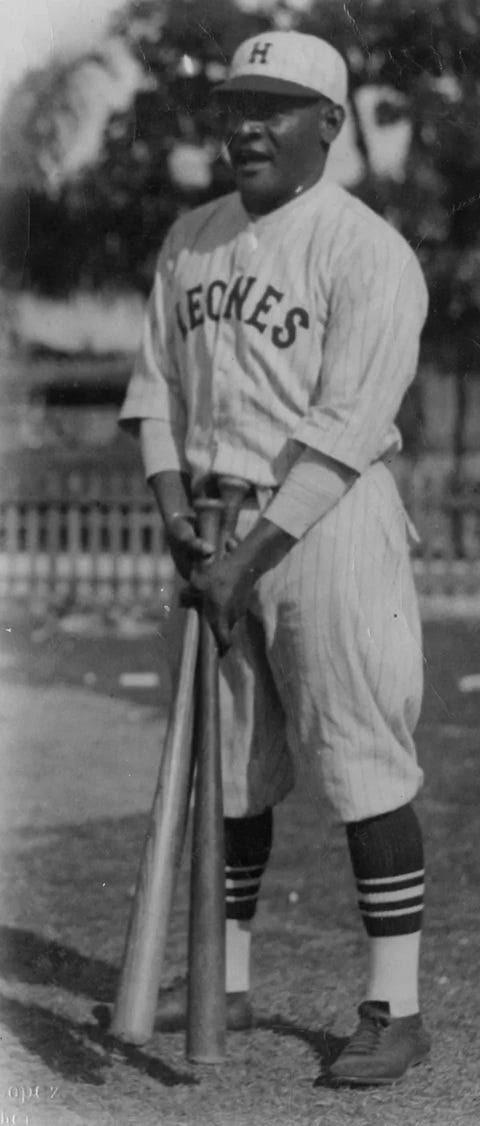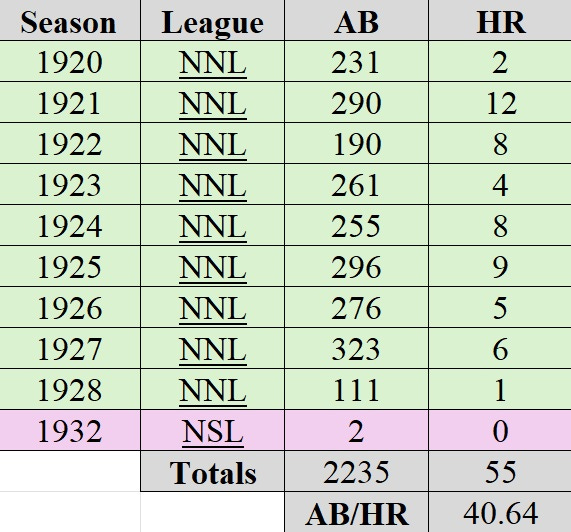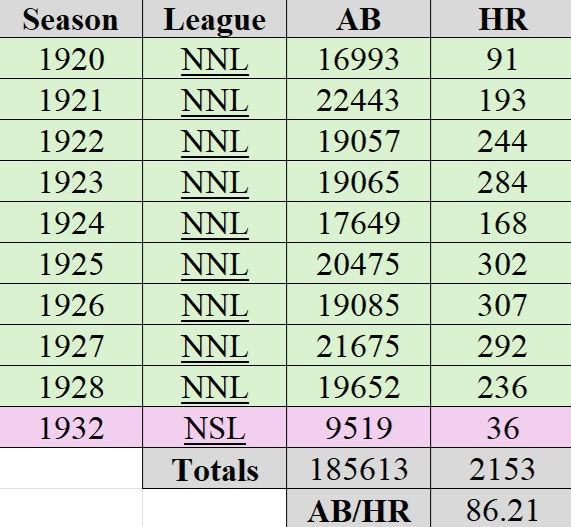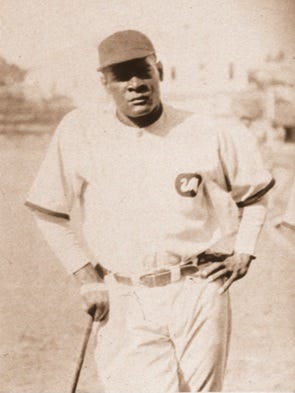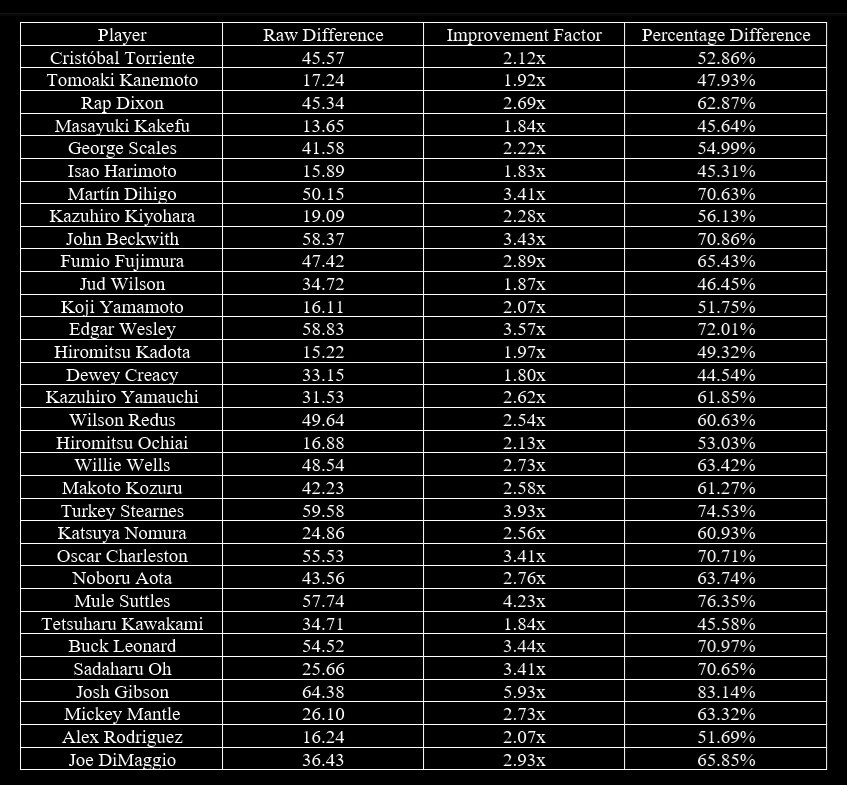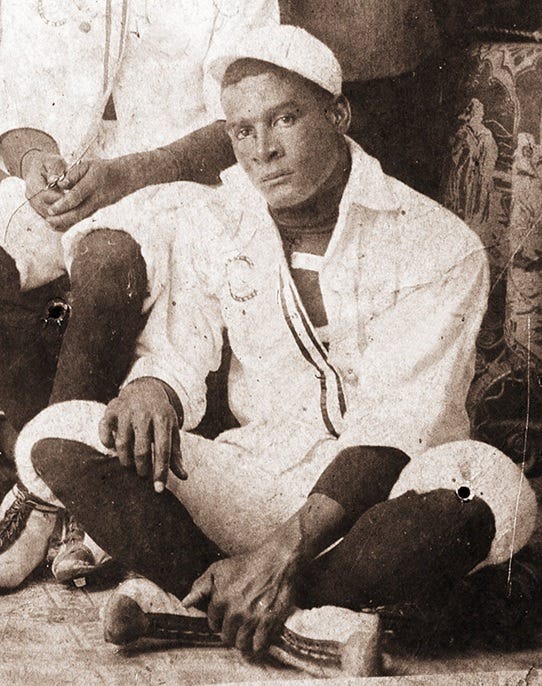Cristóbal Torriente: The Cuban Crusher
The Power Hitter Pantheon: Baseball’s Greatest Home Run Heroes
This project aims to determine the greatest home run hitter of all time by comparing each slugger’s statistics to the average of their era using three formulas. The final adjusted stats will then be used to compare them head-to-head with other all-time greats.
If you find this content valuable and would like to support the ongoing studies and articles, your contributions via CashApp are truly appreciated.
Your support helps fund the tools, research, and time dedicated to these projects. Every contribution, no matter the size, plays an important role in keeping this work going.
If you're unable to contribute financially, sharing this article on your social media (X, Facebook, etc.), emailing it to a friend, or texting the link to a fellow baseball fan is just as valuable.
Thank you for your support!
Cristóbal Torriente will be the next legendary Negro League slugger examined in this study. For a detailed biography of Torriente, please click here.
According to Baseball Reference, Torriente’s official statistics reveal a total of 55 home runs over 2,235 at-bats resulting in an average of at-bats per home run 40.64 (AB/HR).
Cristóbal Torriente played in the Negro National League (NNL) from 1920-1928, he also competed in the Negro Southern League (NSL) in 1932.
When aggregating the statistics from each of the seasons Torriente competed in, the league totals include 185,613 at-bats and 2,153 home runs, resulting in an average of 86.21 at-bats per home run (AB/HR).
With this data, we can evaluate how Torriente’s performance compared to the average Negro League hitter of his era.
Raw Difference: 45.57
Formula: League Average – Player Career AverageImprovement Factor: 2.12x
Formula: League Average / Player Career AveragePercentage Difference: 52.86%
Formula: (League Average – Player Career Average) / League Average × 100%
AB/HR:
Cristóbal Torriente hit a home run once every 40.64 at-bats on average. Lower AB/HR ratios indicate greater power-hitting ability, as it takes fewer at-bats to produce a homer.
Across the Negro National League (1920–1928) and Negro Southern League (1932), the average player needed 86.21 at-bats to hit a home run. This is more than double Torriente’s rate, suggesting he was a standout power hitter.
Raw Difference:
Torriente’s AB/HR is 45.57 at-bats better (lower) than the league average. This gap highlights his superior efficiency in hitting home runs.
Improvement Factor:
Torriente was 2.12 times better than the average player in terms of AB/HR. Put another way, he hit home runs at more than twice the rate of a typical Negro League hitter during his career span.
Percentage Difference:
This tells us that Torriente’s AB/HR was 52.86% lower (better) than the league average. Over half the at-bats required for an average player to hit a homer were “saved” by Torriente’s power.
Torriente was a powerhouse, his 40.64 AB/HR and 2.12x improvement over the league average mark him as one of the Negro Leagues’ premier sluggers. He didn’t just hit home runs—he did so at a rate that dwarfed his peers. The numbers paint a picture of a player who thrived in an era where power wasn’t the norm. His efficiency in turning at-bats into homers is a testament to his talent.
In our initial analysis, we examined the careers of Mickey Mantle, Alex Rodriguez, and Joe DiMaggio using our formulas. Following that, we also evaluated the careers of Josh Gibson, Sadaharu Oh, Buck Leonard, Tetsuharu Kawakami, Mule Suttles, Noboru Aota, Oscar Charleston, Katsuya Nomura, Turkey Stearnes, Makoto Kozuru, Willie Wells, Hiromitsu Ochiai, Wilson Redus, Kazuhiro Yamauchi, Dewey Creacy, Hiromitsu Kadota, Edgar Wesley, Koji Yamamoto, Jud Wilson, Fumio Fujimura, John Beckwith, Kazuhiro Kiyohara, Martín Dihigo, Isao Harimoto, George Scales, Masayuki Kakefu, Rap Dixon, and Tomoaki Kanemoto.
Now, let's compare Torriente’s career statistics against these baseball legends to gain a clearer perspective on how he stacks up.
Torriente’s numbers place him among an elite group of sluggers. We’ll focus in on players whose stats are in a similar range, a Raw Difference between 40 and 50, an Improvement Factor between 2.0x and 2.5x, and a Percentage Difference between 50% and 60%.
The following players share at least one metric close to Torriente’s, making them ideal foils to showcase his excellence.
George Scales: 41.58, 2.22x, 54.99%
Rap Dixon: 45.34, 2.69x, 62.87%
Hiromitsu Ochiai: 16.88, 2.13x, 53.03%
Koji Yamamoto: 16.11, 2.07x, 51.75%
Alex Rodriguez: 16.24, 2.07x, 51.69%
Makoto Kozuru: 42.23, 2.58x, 61.27%
Willie Wells: 48.54, 2.73x, 63.42%
Raw Difference:
Torriente’s 45.57 sits comfortably between George Scales (41.58) and Rap Dixon (45.34), with Willie Wells (48.54) and Makoto Kozuru (42.23) nearby. This metric reflects how many fewer at-bats per home run these players needed compared to their league averages.
Torriente’s 45.57 means he was consistently crushing homers at a rate that rivals these legends, outpacing Scales and Kozuru while nearly matching Dixon and Wells. Unlike Hiromitsu Ochiai (16.88), Koji Yamamoto (16.11), and Alex Rodriguez (16.24), whose lower Raw Differences suggest less separation from their league norms, Torriente’s higher number shows he dominated in a rarer home-run environment.
Improvement Factor:
Torriente’s 2.12x means he hit homers at over twice his league’s rate. He’s in tight company with Hiromitsu Ochiai (2.13x), Koji Yamamoto (2.07x), and Alex Rodriguez (2.07x), while George Scales (2.22x) edges him slightly. Rap Dixon (2.69x), Makoto Kozuru (2.58x), and Willie Wells (2.73x) pull ahead, but not by a landslide.
Torriente’s 2.12x is a sweet spot—powerful enough to shine but not so extreme that it feels unattainable. He’s a peer to A-Rod and Yamamoto, modern and Japanese league icons, proving his skill transcends eras and leagues.
Percentage Difference:
At 52.86%, Torriente’s AB/HR was over 50% better than his league’s average. He’s neck-and-neck with Hiromitsu Ochiai (53.03%) and Koji Yamamoto (51.75%), slightly below George Scales (54.99%), and a step behind Rap Dixon (62.87%), Makoto Kozuru (61.27%), and Willie Wells (63.42%).
Alex Rodriguez (51.69%) is nearly identical. Torriente’s 52.86% is a goldilocks number—impressive yet relatable, aligning him with Scales and Ochiai while keeping him competitive with Dixon and Wells.
Against this orbit of legends—Scales, Dixon, Ochiai, Yamamoto, Rodriguez, Kozuru, and Wells—Torriente shines as a balanced powerhouse. His 45.57 Raw Difference shows he outslugged his era’s norms by a wide margin, while his 2.12x Improvement Factor and 52.86% Percentage Difference place him in the same conversation as A-Rod and Ochiai, icons of different leagues and times.
Torriente’s numbers resonate across borders. Matching Yamamoto and Ochiai in Improvement Factor and Percentage Difference ties him to Japanese baseball’s elite, while paralleling A-Rod links him to MLB’s modern sluggers. He’s a global figure whose power translates anywhere.

